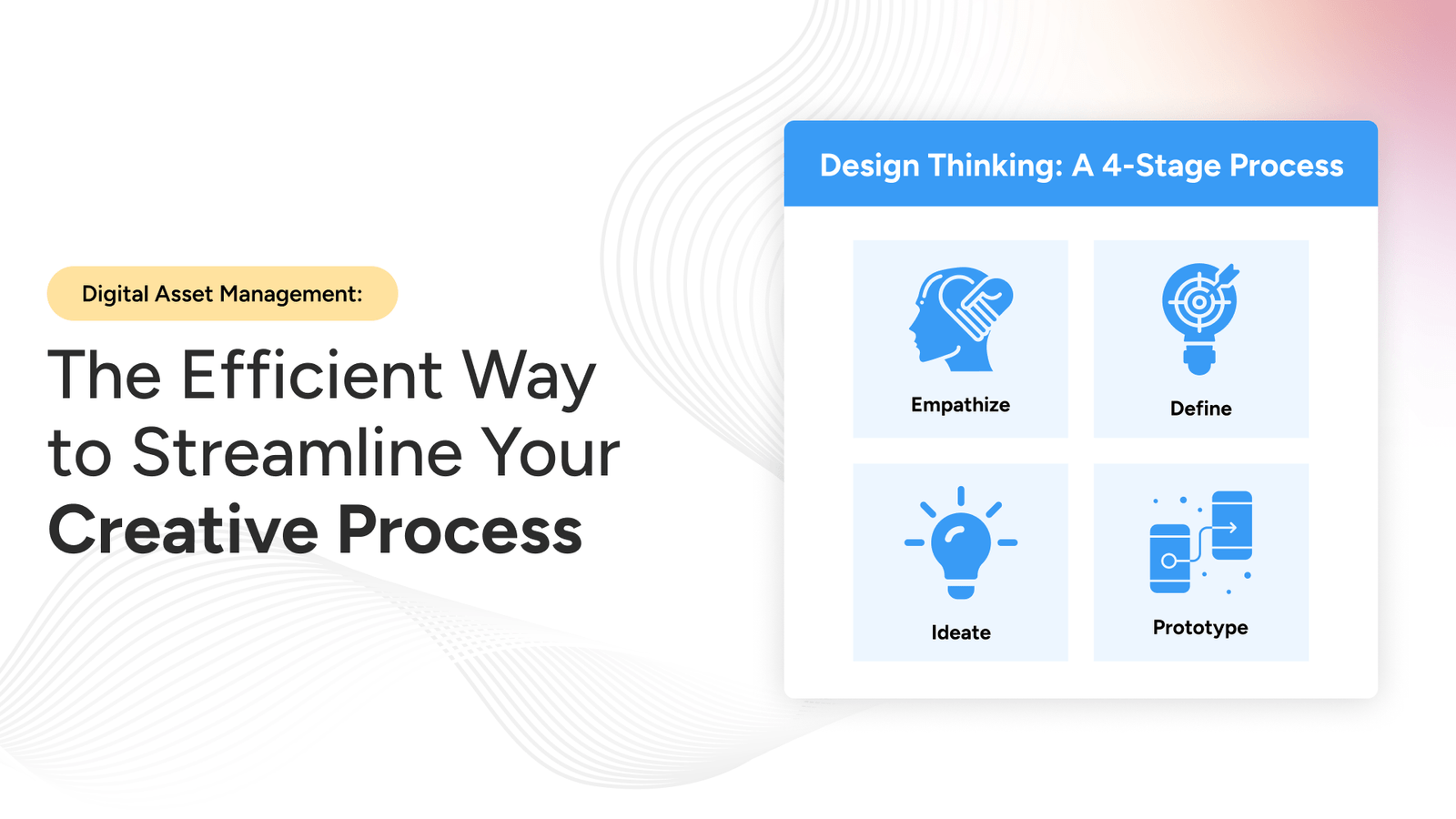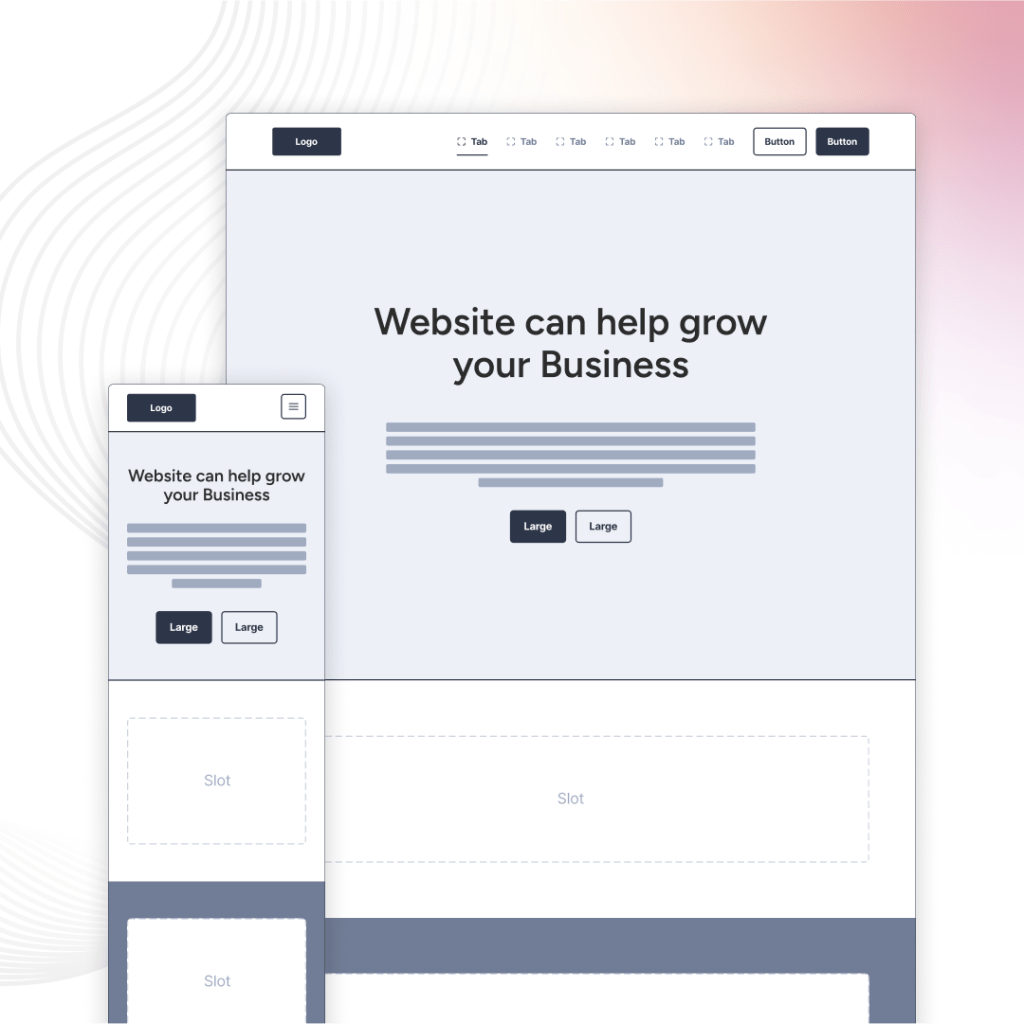Managing a multitude of creative assets efficiently is paramount for any organization. Digital Asset Management (DAM) systems offer a comprehensive solution to this challenge, streamlining the creative process, enhancing collaboration, and ensuring brand consistency. This blog post explores how DAM can revolutionize the way you handle digital assets.

Why Digital Asset Management is Important?
Statistics show that the demand for effective asset management is on the rise. According to a 2023 report by MarketsandMarkets, the DAM market is expected to grow from $3.8 billion in 2020 to $8.1 billion by 2025, at a CAGR of 16.5%. This growth highlights the increasing recognition of the importance of DAM systems in enhancing operational efficiency and maintaining brand integrity.
1. Centralized Storage and Easy Access
One of the core benefits of a DAM system is centralized storage. All your digital assets—images, videos, documents, and design files—are stored in one location. This ensures that team members can easily access the latest versions of assets, eliminating the confusion and inefficiencies caused by scattered storage locations.
Example: Coca-Cola uses a DAM system to store and manage its vast library of marketing materials. This ensures that global teams can easily access and utilize approved assets, maintaining consistency across all campaigns.
2. Improved Collaboration
DAM systems facilitate seamless collaboration among team members. Creative teams can share assets, provide feedback, and make revisions in real-time, regardless of their location. This improved collaboration accelerates the creative process and enhances productivity.
Example: Agencies like Ogilvy use DAM systems to facilitate collaboration between their global offices, ensuring consistent quality and brand messaging across all projects.
3. Enhanced Security and Control
Protecting valuable digital assets is crucial. DAM systems offer robust security features, including role-based access controls. This ensures that only authorized personnel can access, edit, or distribute assets, safeguarding intellectual property and maintaining brand integrity.
Example: Financial institutions like JPMorgan Chase use DAM systems to securely manage sensitive marketing materials and ensure compliance with industry regulations.
4. Efficient Workflow Management
DAM systems streamline workflows from asset creation to approval and distribution. Automated workflows can route assets to the right team members for review and approval, reducing manual tasks and speeding up project timelines.
Example: Publishing houses like Penguin Random House use DAM systems to manage the workflow of book covers and marketing materials, ensuring timely and coordinated releases.
5. Brand Consistency
Maintaining brand consistency across all marketing channels is essential. A DAM system enforces brand guidelines by storing approved assets and templates. This ensures that all creative outputs align with your brand’s visual identity and messaging.
Example: IBM uses a DAM system to manage its brand assets, ensuring consistency across all digital and print communications.
6. Advanced Search and Metadata
DAM systems utilize advanced search capabilities and metadata tagging, enabling users to quickly locate specific assets. This saves time and reduces frustration, allowing creative teams to focus on creating compelling content.
Example: Retailers like Walmart use DAM systems to manage their extensive catalog of product images, utilizing metadata to streamline the search and retrieval process.
7. Scalability
As your organization grows, so does the volume of your digital assets. DAM systems are scalable, accommodating the increasing number of assets and users without compromising performance. This scalability ensures that your asset management solution can grow with your business.
Example: E-commerce platforms like Amazon use scalable DAM systems to manage the massive influx of product images and videos, ensuring efficient asset management as their inventory expands.
Digital Asset Management systems are a game-changer for creative teams, offering centralized storage, improved collaboration, enhanced security, efficient workflows, brand consistency, advanced search capabilities, and scalability. By investing in a DAM system, you can streamline your creative process, boost productivity, and ensure that your brand’s digital assets are managed effectively and securely. Embrace the efficiency of DAM and elevate your creative operations to new heights. With the DAM market projected to more than double in size by 2025, now is the perfect time to invest in a solution that will future-proof your asset management strategy or choose a design partner like UIUX.STUDIO which not only handles your creative woes but also helps manage your digital asset management.


